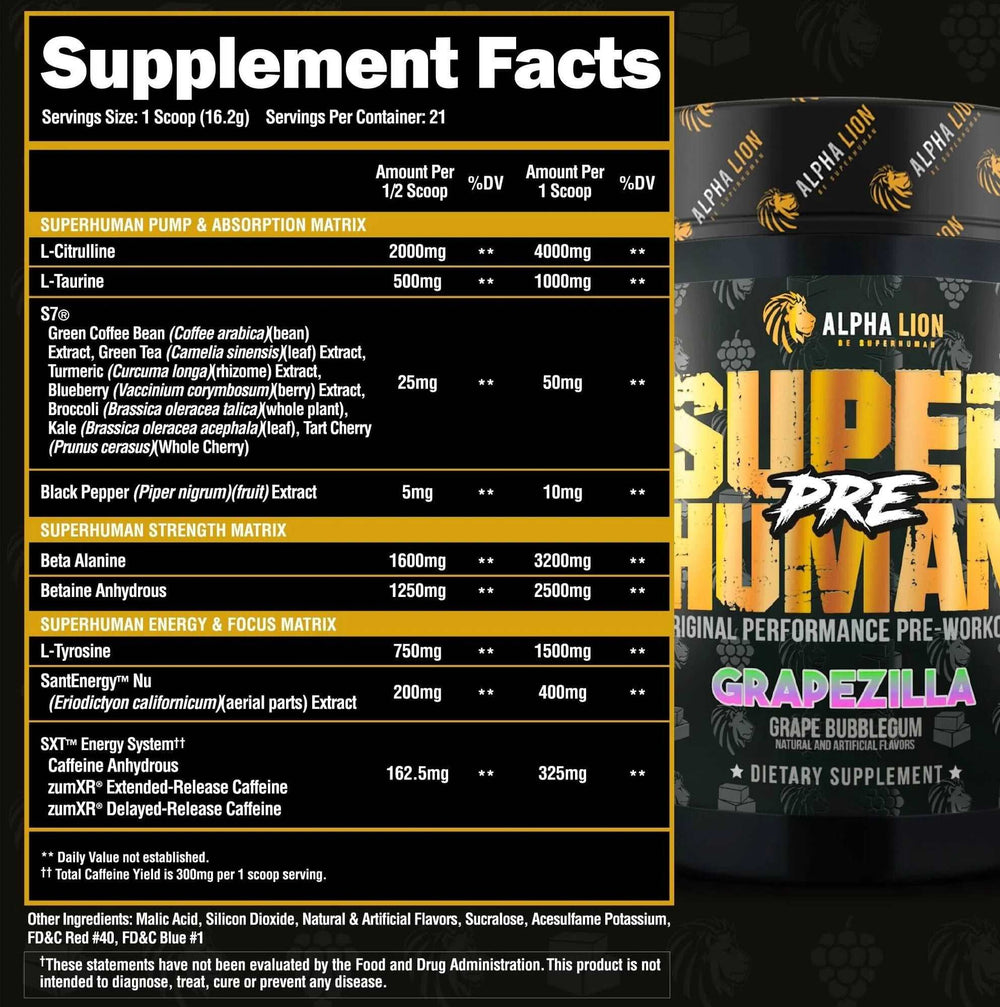Should I Do Cardio After Lifting

If you're a bodybuilder, chances are you've been told that doing cardio after lifting weights is beneficial for muscle growth and weight loss. But is this really the case? In this blog post, we'll take an in-depth look at the pros and cons of adding cardio to your workout routine after weight training. We’ll explore what kind of results can be achieved by post-lifting cardio, discuss any risks associated with it, and break down all the factors you should consider before inserting cardio into your workout regimen. By exploring these topics together, this article will leave you better informed on whether or not adding some additional time on the treadmill might be right for your fitness journey!

Benefits of doing cardio after lifting
Incorporating cardio after a lifting session can be beneficial for anyone trying to reach their fitness goals. Adding cardio after resistance training can help build greater aerobic capacity, leading to longer and more efficient workouts in the future. Doing cardio after your lift can also increase your overall strength and power, as well as reduce muscle soreness. Furthermore, post-lift cardio is an effective way to improve your body composition by helping you burn calories and gain lean muscle mass faster--a fantastic combination for any weight-loss or -maintenance program.

What kind of cardio should you do after lifting
A post-weight training cardio session can provide many benefits for those who have just finished a weight lifting session. It is best to stick with low impact aerobic exercises such as swimming, biking, or jogging. High intensity interval training (HIIT) and running are not ideal options because of the additional stresses they place on your muscles and joints. Low impact options such as biking or swimming can help active recovery, improve endurance, and enhance the body’s range of motion. If done in moderation, this kind of cardio can also be beneficial to overall physical health by increasing resting heart rate and aiding in weight loss. However, it is important to keep an eye on overtraining or fatigue so you don’t compromise recovery from your weightlifting session.

How long should you wait before doing cardio after a lift
The amount of time to wait before doing cardio after a lift largely depends on the individual's goals and fitness level. Generally, it is best to allow your muscles time to recover from the intense physical effort of lifting weights; rest periods between thirty minutes and an hour are recommended for optimal performance and muscle growth. It's important to continuously challenge your body with different types of exercise, but keeping the order balanced - resistance training followed by cardio or the other way around- helps to prevent overtraining from happening. By coordinating your efforts appropriately, you can maximize your results and keep achieving your fitness goals.

How to make sure your body is ready for both exercise types
To ensure that your body is ready for different types of exercise, the best approach is to take preventative measures. This includes stretching thoroughly before and after each workout, eating properly to fuel your activity, and taking time to rest and recover between sessions. Additionally, it's important to listen to your body; if something hurts or feels wrong while exercising, don't ignore it. Instead, focus on adjusting the intensity or the form you're using in the movements. This will help lessen any potential injury risks so you can enjoy an enjoyable, healthy workout experience.

Tips on increasing the intensity of each form of exercise
Increasing the intensity of any form of exercise is a great way to break through fitness plateaus and advance your workout routine. Doing so can help you challenge yourself while achieving better results. One of the most effective ways to increase intensity is to add resistance with weights or an elastic band. Shortening rest time between sets can also dramatically increase workout intensity. Alternately for cardiovascular exercises, several short intense bursts of activity (HIIT) are effective for increasing intensity during a single session, or the overall difficulty of your routine over time. However, it's important not to overexert yourself; slow and steady increases in intensity or difficulty should be implemented when possible rather than sudden extreme changes that could lead to injury or burnout.
After exploring the benefits of doing cardio after lifting, learning what kind of cardio to do, and being aware of how long one should wait between exercises as well as how to prepare your body accordingly, it is clear that this form of exercise can be incredibly beneficial. It has been shown that those who consistently complete their cardio workouts after lifting gain more muscle mass than those who don’t; this may be due to allowing their bodies to properly recover and avoiding fatigue. Furthermore, incorporating intense physical activity into a workout plan increases dopamine levels for a better mood; this further contributes to the positive mindset needed for optimal performance in everyday life. Overall, indulging in a regular routine combining both weight-lifting and cardio will help you stay healthier and reach your goals faster and with more gratifying results!











